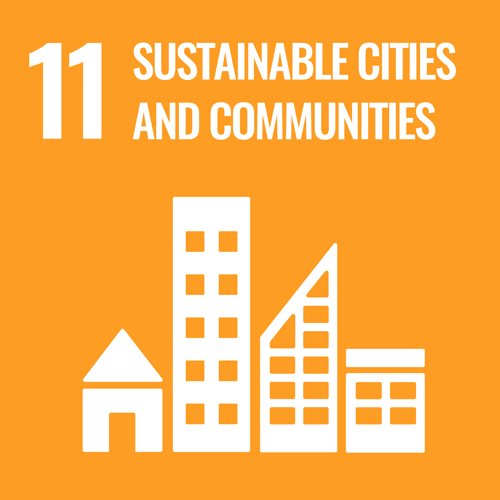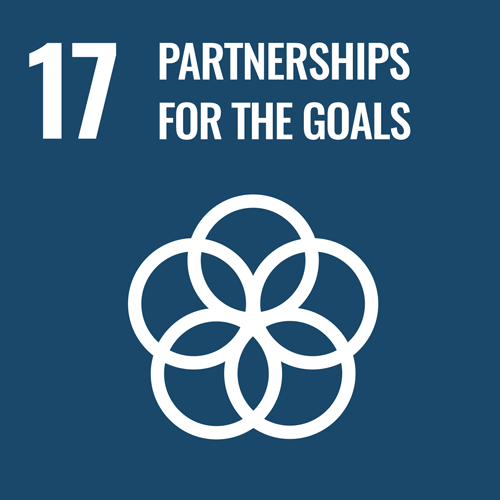The 2023 edition of the AI for Good Global Summit will take place in Geneva, 6-7 July. Over 30 cutting-edge robots are gearing up to take part in the Robotics for Good exhibition, which will show the potential of autonomous robots to drive progress towards the United Nations’ Sustainable Development Goals (SDGs).
In this series of blog posts, we will be introducing some of the robots attending the Summit and explain how they are contributing to the SDGs.
Episode 8: Artistic robots
Artistic robots are an emerging field of robotics that blend technology with creativity. These machines can be programmed to create art, music, and other forms of expression. One of the key benefits of artistic robots is their ability to generate unique and innovative pieces of art that are difficult or impossible to create manually. They can use complex algorithms to create intricate patterns, or respond in real-time to human input, creating a collaborative and interactive experience. Artistic robots are not only a fascinating application of technology, but they also challenge traditional notions of creativity and what it means to be an artist.
Let’s have a look at artistic robots and their innovative applications in fields of music and visual arts.
Ai-Da is the world’s first ultra-realistic humanoid robot artist created by Aidan Meller. She can draw, and paint, and is a performance artist. One of the key features of Ai-Da is its ability to create art using a robotic arm and a built-in camera that scans the environment and captures images. The robot’s AI algorithms can then use this data to create sketches and paintings, which are then printed out and exhibited in galleries. Ai-Da has the potential to make art more inclusive and accessible, as its unique blend of technology and art can attract a wider audience and encourage greater participation. Through its interactive and social features, Ai-Da can engage with people who may not have had the opportunity to experience or create art, opening up new avenues for creativity and self-expression.
DrozBot is a robot developed by Sylvain Calinon and designed to learn new tasks through observation and imitation of human movements, using a technique known as programming by demonstration. For instance, it can draw artistic portraits of people. The input images for the portrait are taken interactively by the robot itself. The robot understands the problem of drawing portraits as a problem of coverage which is then solved by an ergodic control algorithm to compute the strokes. The ergodic computation of the strokes for the portrait gives an artistic look to them.
Desdemona, also known as “Desi,” is a humanoid robot and the lead vocalist of the Jam Galaxy Band developed in partnership with Hanson Robotics and SingularityNET. She runs on music and electricity and is on a mission to share her belief that the world can be changed for the better through the power of AI in the creative arts. She joins her bandmates, including Ben Goertzel, CEO and Founder of SingularityNET, on keyboards and Jam Galaxy CEO Dianne Krouse on saxophone, to bring a unique and visionary performance to audiences. With her positive message and unique perspective, Desdemona is on a journey to help artists and humanity see a brighter future.
Artistic robots supporting the SDGs:
Artistic robots contribute to the advancement of technology and innovation, crucial aspects of sustainable development. They have the ability to communicate complex concepts and evoke emotions, making sustainability more accessible and relatable to a wider audience. By stimulating dialogue and provoking critical thinking, these robots foster engagement and empower individuals to take informed actions aligned with the SDGs.

Artistic robots can play a huge role in educational settings to engage students in creative activities, promote innovative learning approaches, and inspire interest in STEAM subjects (Science, Technology, Engineering, Arts, and Mathematics), thus achieveing SDG 4: Quality Education.
For instance, Ai-Da’s development and exhibitions can promote innovative educational approaches and inspire discussions about the role of technology in art and society, whereas DrozBot could be used as an educational tool to teach students about the intersection of art and technology, promoting innovation and creativity.
Furthermore, artistic robots can also challenge traditional notions of art, providing opportunities for underrepresented artists, promoting diversity and inclusivity within the art world, and giving a voice to marginalized communities which contribute to SDG 10: Reduced Inequalities. At the same time they can be used to enhance cultural experiences, create interactive public art installations, and contribute to the development of vibrant and inclusive artistic communities within cities, helping with SDG 11: Sustainable Cities and Communities.
Robots as AI-Da and Desdemona can challenge traditional notions of creativity and artistry, promoting inclusivity and diversity within the art world as well as foster cultural engagement, promoting vibrant and inclusive artistic communities within cities.
In addition to that, the development and use of artistic robots often involve collaborations between artists, engineers, researchers, and various stakeholders. These partnerships can foster interdisciplinary cooperation, knowledge sharing, and innovation towards achieving sustainable development goals, emphasizing SDG 17: Partnerships for the Goals.
In conclusion, artistic robots are transforming the fields of music and visual arts, enabling unique forms of creative expression and challenging traditional notions of artistry. Through their innovative applications, these robots contribute to sustainable development goals. As the integration of technology and creativity continues to evolve, artistic robots offer exciting possibilities for the future of art and human-robot collaboration.
Register for the AI for Good Global Summit to meet and interact with all unique robots.

Harnessing AI to Connect Every School Worldwide

Meet Rayo, a Singaporean startup transforming Web Accessibility with an...

Advancing Open Source AI: Definitions, Standards, and Global Implementation for...



















